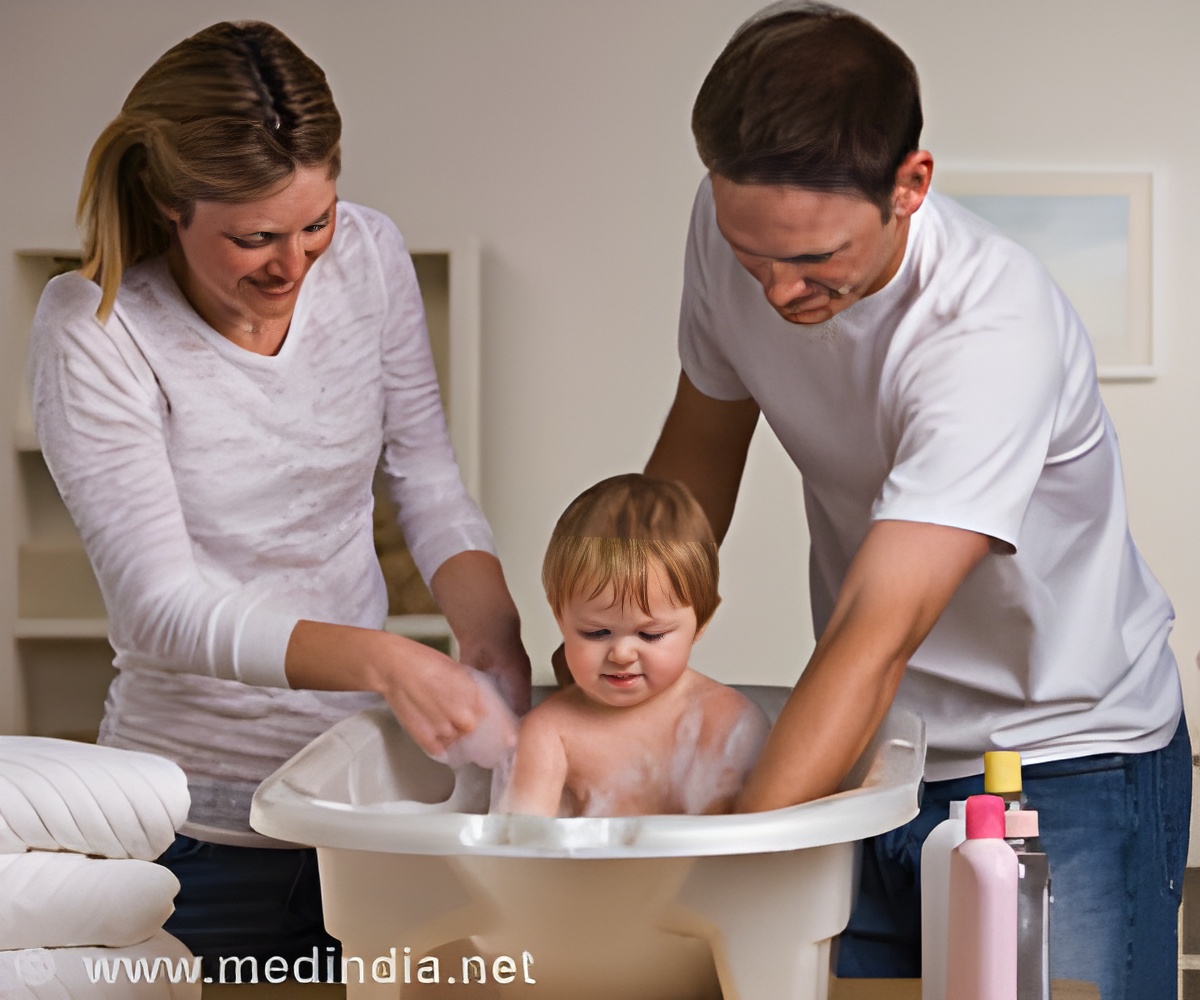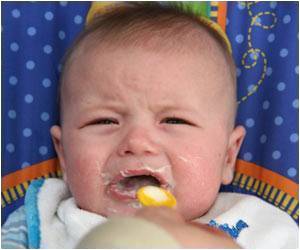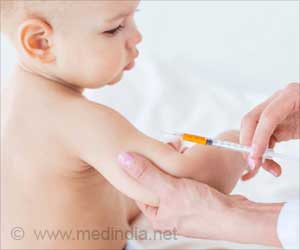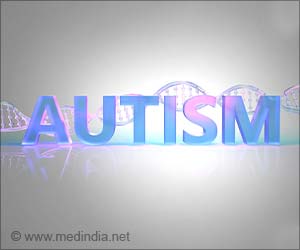
‘Talking is one of the biggest milestones for babies, they tend to listen to mothers' verbal languages that further helps them in learning language skills.
’
Tweet it Now
Published in the journal Developmental Science, the study maintained that babies modify their sounds to become more speech-like in response to feedback from their caregivers and that they learn things have names by caregivers naming objects. Researchers recorded and recombined the vocalisations of 40 nine-month-olds and their mothers, using a "playback paradigm", to assess how specific forms of sounds and actions by infants influenced parental behaviour.
"We expected that mothers would respond more often when babbling was more mature and they did. The increased rate of response meant more language-learning opportunities for the baby," said Michael Goldstein, Associate Professor of Psychology at Cornell University.
"The mothers' speech was also more likely to contain simplified, learnable information about linguistic structure and the objects around the baby. Thus, by varying the form and context of their vocalisations, infants influence maternal behaviour and create social interactions that facilitate learning," Goldstein said.
The researchers also found that mothers responded more often and more informatively to vocalisations directed at objects than those that were undirected.
Advertisement
"These results contribute to a growing understanding of the role of social feedback in infant vocal learning, which stands in contrast to the historical view of prelinguistic vocalisations in which babbling was assumed to be motor practice, with no function in the development of communication and language," Albert added.
Advertisement









